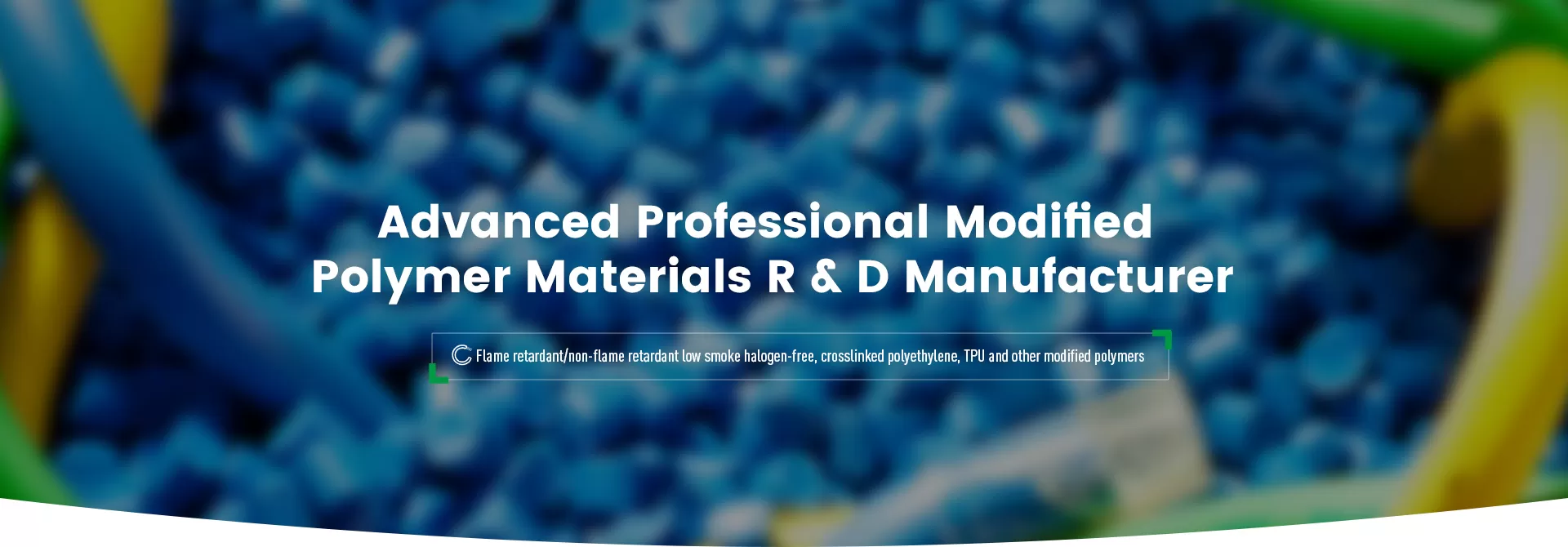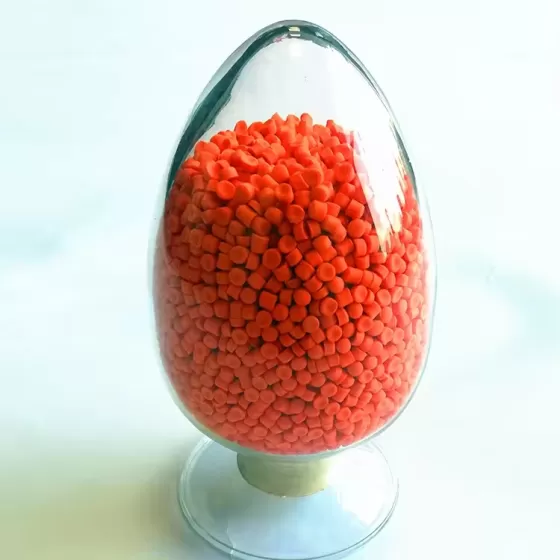

This product is made of polymer resin as the base material, with cross-linking agent, antioxidant and other additives added, and is made through mixing, plasticizing and granulation. It does not contain harmful substances such as heavy metals, and has excellent mechanical properties, electrical properties and a wide processing temperature margin.
Suitable For Insulating Materials
Halogen-free irradiated XLPE cable material is a halogen-free cross-linked polyethylene cable material that improves the thermal stability and mechanical properties of polyethylene through a specific radiation cross-linking process. This material does not contain halogens, so it does not produce toxic gases when burned, making it advantageous in environments with high safety requirements, such as nuclear power plants, subways, tunnels, high-rise buildings, and other environments.
The Main Features of This Material Include
Excellent mechanical properties: It has high tensile strength and elongation at break, which ensures the reliability of the cable during use.
Good electrical properties: It has high volume resistivity and good voltage resistance, making it suitable as an insulating material for cables.
Heat resistance: It can be used for a long time in high temperature environments. The rated operating temperature of general XLPE cables can reach 90°C.
Chemical corrosion resistance: It has good tolerance to chemicals such as acids, alkalis, and oils.
Environmental protection characteristics: The halogen-free characteristics make the material not release harmful gases when burned, which meets modern environmental protection requirements.
In terms of application, halogen-free radiation cross-linked XLPE cable materials are suitable for making various types of cables, including but not limited to:
Power cables: used to transmit and distribute electrical energy.
Control cable: used for signal transmission in industrial control systems.
Instrument cable: used to connect and protect various measurement and control equipment.
In addition, the material also has a wide processing temperature range, which makes it have better processing performance during cable manufacturing. According to the product parameters, the density of this material is 0.98±0.03 g/cm³, tensile strength ≥10 MPa, elongation at break ≥200%, heat deformation temperature at 200℃, elongation within 15 minutes under 0.2Mpa load ≤175%, volume resistivity (20℃) ≥1.0×10^13 Ω·m, and tensile strength change rate after 1000 hours under 90℃ wet heat conditions ≤-30%.
| Testing items | VALUE | Typicalvalue | UNIT | Method |
| Density | 0.98±0.03 | 0.98 | g/cm3 | GB/T 1033 |
| Tensile strength | ≥10 | 14.5 | MPa | GB/T 1040.2 |
| Elongation at break | ≥200 | 340 | % | GB/T 1040.2 |
| Hot extension 200℃,0.2Mpa,15min | ||||
| Elongation under load | ≤175 | 90 | % | GB/T 2951.21 |
| Permanent change rate after cooling | ≤15 | 2 | % | |
| Heat deterioration 175±2℃,240h | ||||
| Change rate of tensile strength | ≤±30 | 12 | % | GB/T 2951.12 |
| Change rate of elongation at break | ≤±30 | -10 | % | GB/T 2951.12 |
| Impact brittle temperature | ≤15/30 | 0/30 | 个 | GB/T 5470 |
| Volume resistivity (20ºC) | ≥1.0×1013 | 1.5×1013 | Ω·m | GB/T 1410 |
| Volume resistivity (290ºC) | ≥1.0×1010 | 2.5×1010 | Ω·m | GB/T 1410 |
| Dielectric strength (20ºC) | ≥20 | 40 | MV/m | GB/T 1408.1 |
| Resistant to damp heat 90℃ relative humidity 85%,1000h | ||||
| Change rate of tensile strength | ≤-30 | -18 | % | EN60068-2-78 |
| Change rate of elongation at break | ≤-30 | -19 | % | EN60068-2-78 |
| Amount of HCl and HBr gas released | ≤2 | 0 | mg/g | GB/T17650 |
| PH value of combustion gas | ≥4.3 | 5.8 | / | GB/T17650 |
| Electrical conductivity of combustion gas | ≤10 | 5 | μs/mm | GB/T17650 |
| Hardness | 96±3 | 96 | 15A | GB/T 2411 |